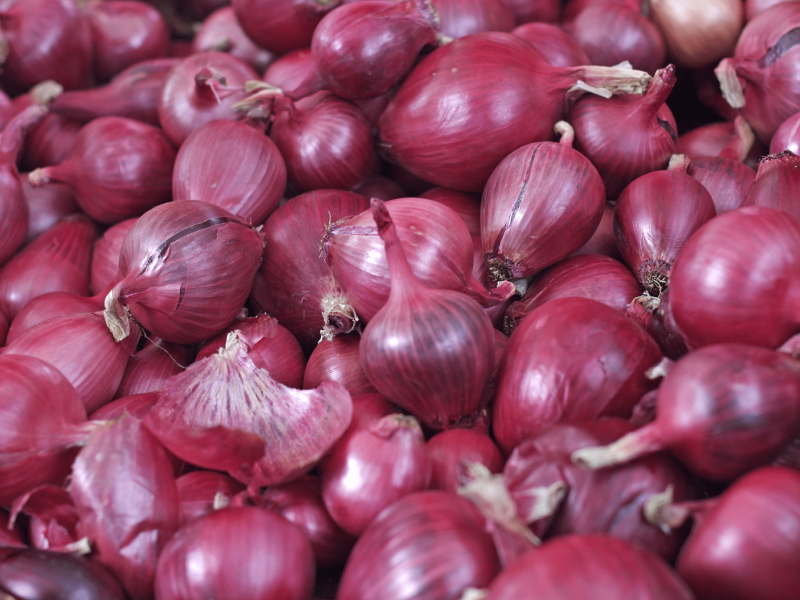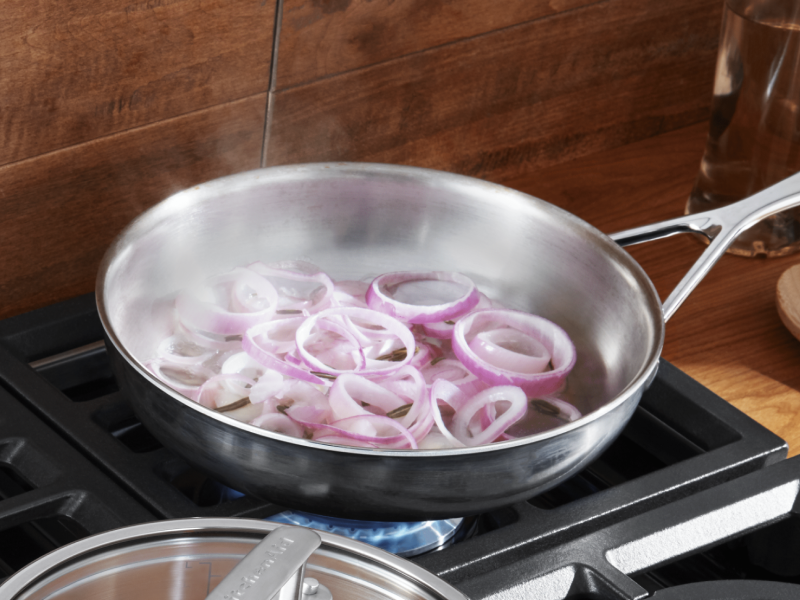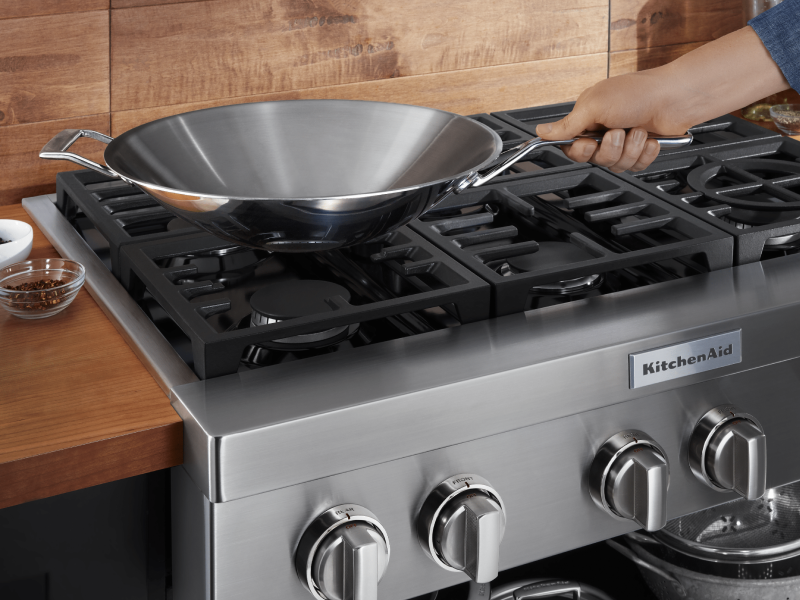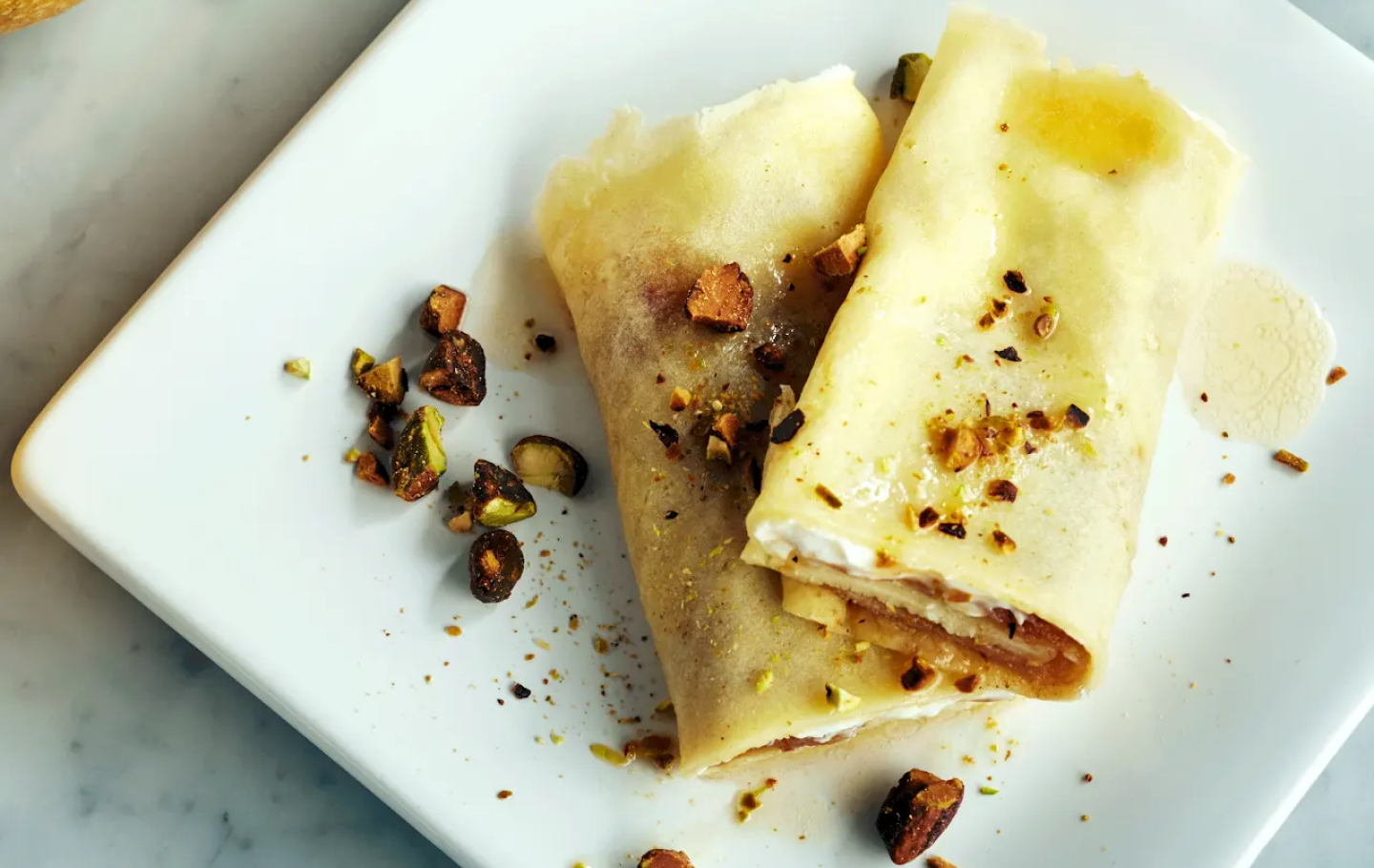
HOW TO CARAMELIZE ONIONS: RECIPE AND TIPS
Caramelized onions are a richly flavored addition to your favorite dishes. The process takes a bit of time but is worth the savory end result. Whether you are adding them to soup, topping a steak or mixing them into a creamy pasta dish, caramelized onions will help your meal burst with flavor.
Read this recipe overview to learn how to make caramelized onions as well as some tips and tricks for the process.


WHAT IS CARAMELIZING?
Caramelizing occurs when sugar is met with heat. When sugar is introduced to heat, compounds are released that change the flavor and color the sugar. You can caramelize pure sugar, which is how caramel sauce is made, but you can also caramelize fruits and vegetables, as well since they contain natural sugars. When sugar is caramelized it creates a variety of flavors from nuttiness and bitterness to creaminess. The color of the food will change to lightly browned or more deeply browned depending on the level of doneness. Camelizing is different from everyday sautéing, a different technique that lightly browns and cooks ingredients for a shorter period of time.


HOW TO CARAMELIZE ONIONs
Onions are a flavorful and versatile staple in cooking, but their sharp flavor can be transformed into mellow and sweet when they are caramelized. Use the recipe overview below to create caramelized onions for Caramelized Onion and Goat Cheese Tart, savory sandwiches grilled with prosciutto and caramelized onions and so much more.
INGREDIENTS
Onions, yellow or white
Water or broth
Kosher salt
Unsalted butter or the oil of your choice
TOOLS
Large, heavy bottomed pan, such as cast-iron or stainless steel
Wooden spoon
YIELDS
- 1 cup
PREP TIME
- 5 minutes
COOK TIME
- 45-60 minutes
TOTAL TIME
- 60 minutes

STEP 1. PREPARE ONIONS
Start by peeling the onions and thinly slicing them.

STEP 2. PREPARE THE PAN
Begin by heating butter or oil in your pan over medium heat. A heavy-bottomed pan such as cast-iron or stainless steel will be best for maintaining the temperature as you cook the onions. This type of pan also allows the fond to develop as the onions cook and break down.

STEP 3. ADD ONIONS IN BATCHES
Add the onions to the heated pan, stirring well to be sure all onions are coated in butter or oil and do not stick to the pan. Add a pinch of salt to the pan and begin tossing the onions to coat them in the butter or oil. Continue cooking the onions for a few minutes, until they become translucent. Then add another layer and repeat the process until you’ve added all of your sliced onions.

STEP 4. COOK, STIRRING OCCASIONALLY
Reduce the heat to medium-low and allow the onions to continue cooking, stirring them occasionally. After about 15 to 20 minutes, the onions should be lightly caramelized. Continue cooking until you’ve reached at least 45 minutes for true caramelization. Depending on your preferences, you can continue cooking them for up to 60 minutes, until they are dark brown.
TIP: ADD BROTH OR WATER
If the onions begin to stick to the bottom of the pan, you can add a small amount of broth or water to the pan and use the wooden spoon to dislodge them and scrape up the fond on the bottom of the pan. You may also want to turn the heat down a bit.

STEP 5. DEGLAZE THE PAN
Once the onions are done cooking, use water or broth (enough to cover the bottom of the pan) to deglaze the pan. Keep the pan on medium to medium-high heat and scrape the bottom with a wooden or silicone spoon or spatula as the liquid comes to a boil. Allow it to boil briefly, until it’s reduced but not completely evaporated, continuing to stir until you’ve released all the browned bits from the pan. For added flavor, you can also consider using balsamic vinegar, wine or brandy to deglaze. Choose a liquid that matches the flavor profile of your dish.

STEP 6. SERVE OR STORE
Your caramelized onions are now ready to serve or store. Caramelized onions are best enjoyed fresh from the pan but can be stored in the refrigerator in an airtight container for up to one week or in the freezer for up to three months.
IS IT BETTER TO CARAMELIZE ONIONS WITH BUTTER OR OIL?
The delicious flavor of butter is a necessity in caramelized onions, but butter alone may end up burning in the pan. A combination of butter and oil in the pan will give you the flavor you desire with less chance of burning. Keep in mind, the more fat in the pan, the more the onions will fry. The less fat in the pan, the more the onions will soften.


HOW DO YOU CARAMELIZE WITHOUT BURNING?
Cutting your onions about ⅛ inch thick can help ensure that they won’t burn. The onions will burn if the heat is too high. Keep your pan on medium-low heat throughout the cooking process and watch your pan to help ensure they are cooked to your liking.
HOW DO YOU MAKE FOODS CARAMELIZE FASTER?
Simply turning up the heat when caramelizing will speed up the process, but makes it much more likely that you will burn your food. Rather, adding a bit of baking soda to the pan will alter the pH of the food and cause it to caramelize more quickly but can compromise the taste and quality of your food, so it is not recommended. The rich flavor of perfectly carmelized foods is worth the wait, so follow the slow and steady technique for best results.
CAN YOU CARAMELIZE ONIONS AND THEN FREEZE THEM?
You can freeze caramelized onions. If you would like to make a large batch to have at the ready for your favorite recipes, simply caramelize them and then freeze them in small portions in a muffin tin or ice cube tray. Once they are fully frozen, remove them from the tin or tray and place them in freezer-safe storage containers.


WHAT OTHER FOODS CAN I CARAMELIZE?
You can caramelize many other foods. Foods high in sugar and not in water are typically the best options. Some high sugar, low water foods include onions, apples, bananas and carrots. You can also caramelize meats, such as steak.
Experiment with caramelizing to make delicious dishes such as these Caramelized Pear Crêpes with Pistachios or this unique Grilled Pound Cake with Caramelized Banana.
SHOP KITCHENAID®RANGES
Whether you’re experimenting with caramelizing to create a new dish or want to add a savory twist to a classic recipe, ranges from KitchenAid brand can help you accomplish it all. If you're looking for a new stove, explore a variety of gas, electric and dual fuel options from KitchenAid brand.